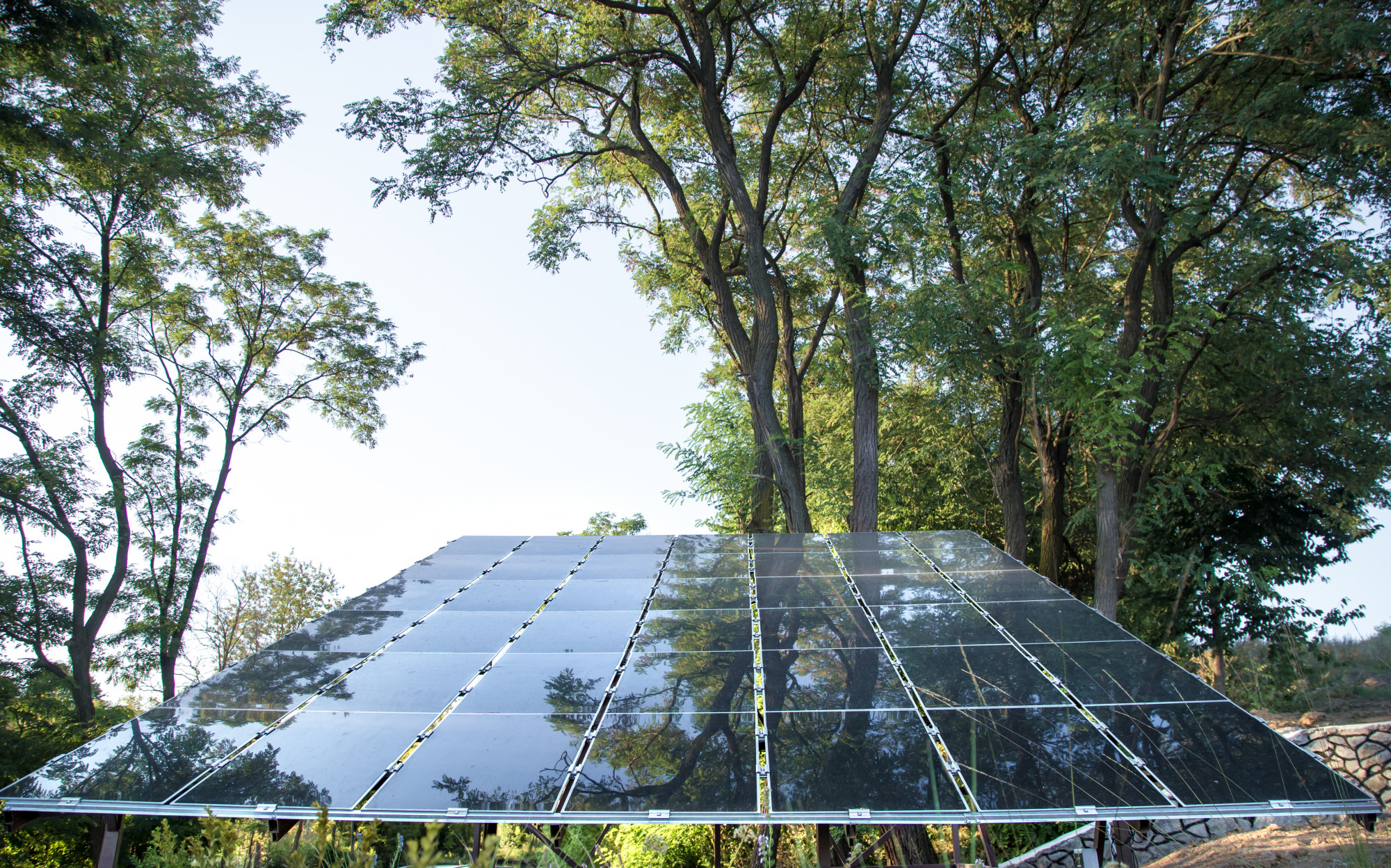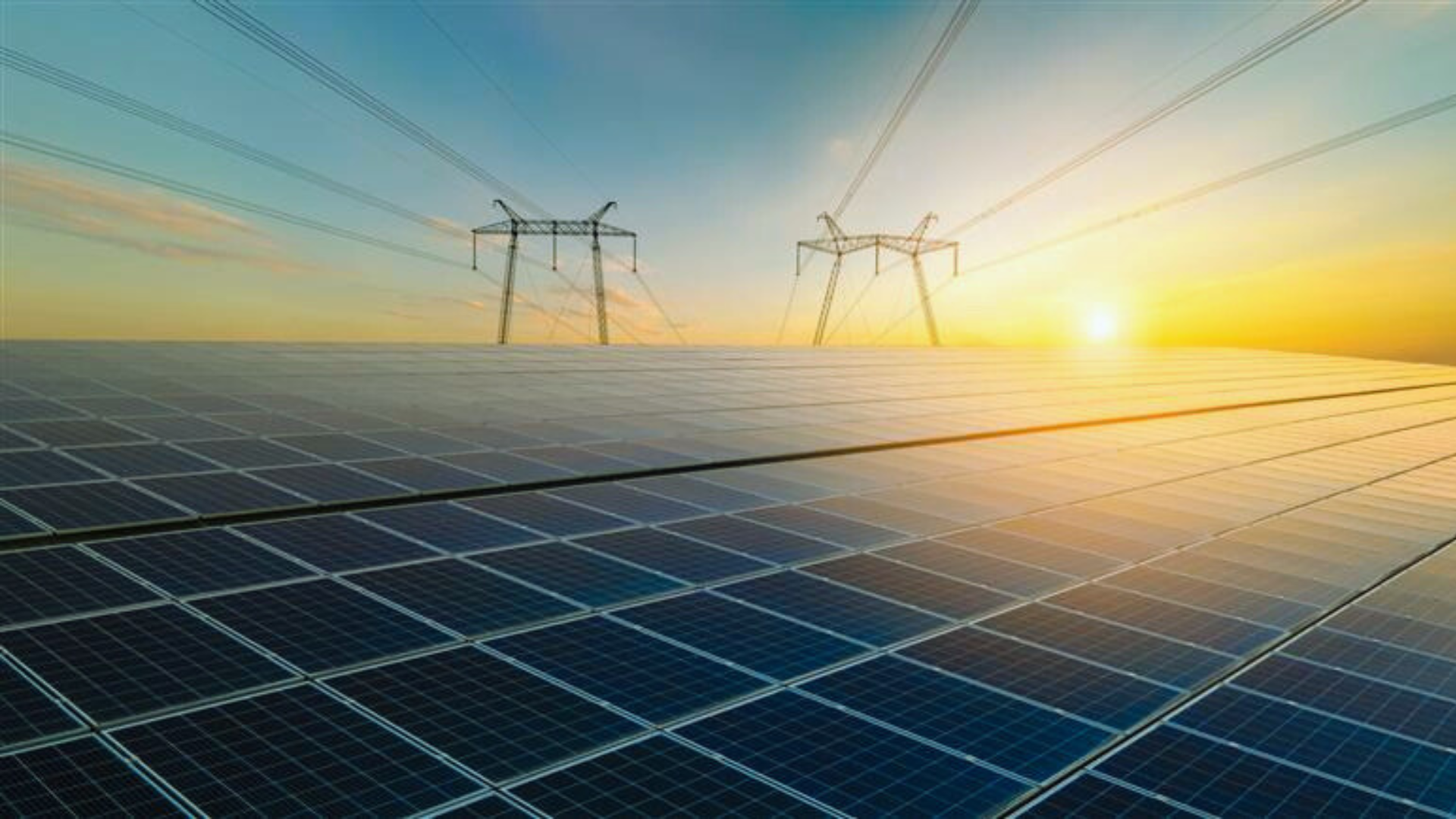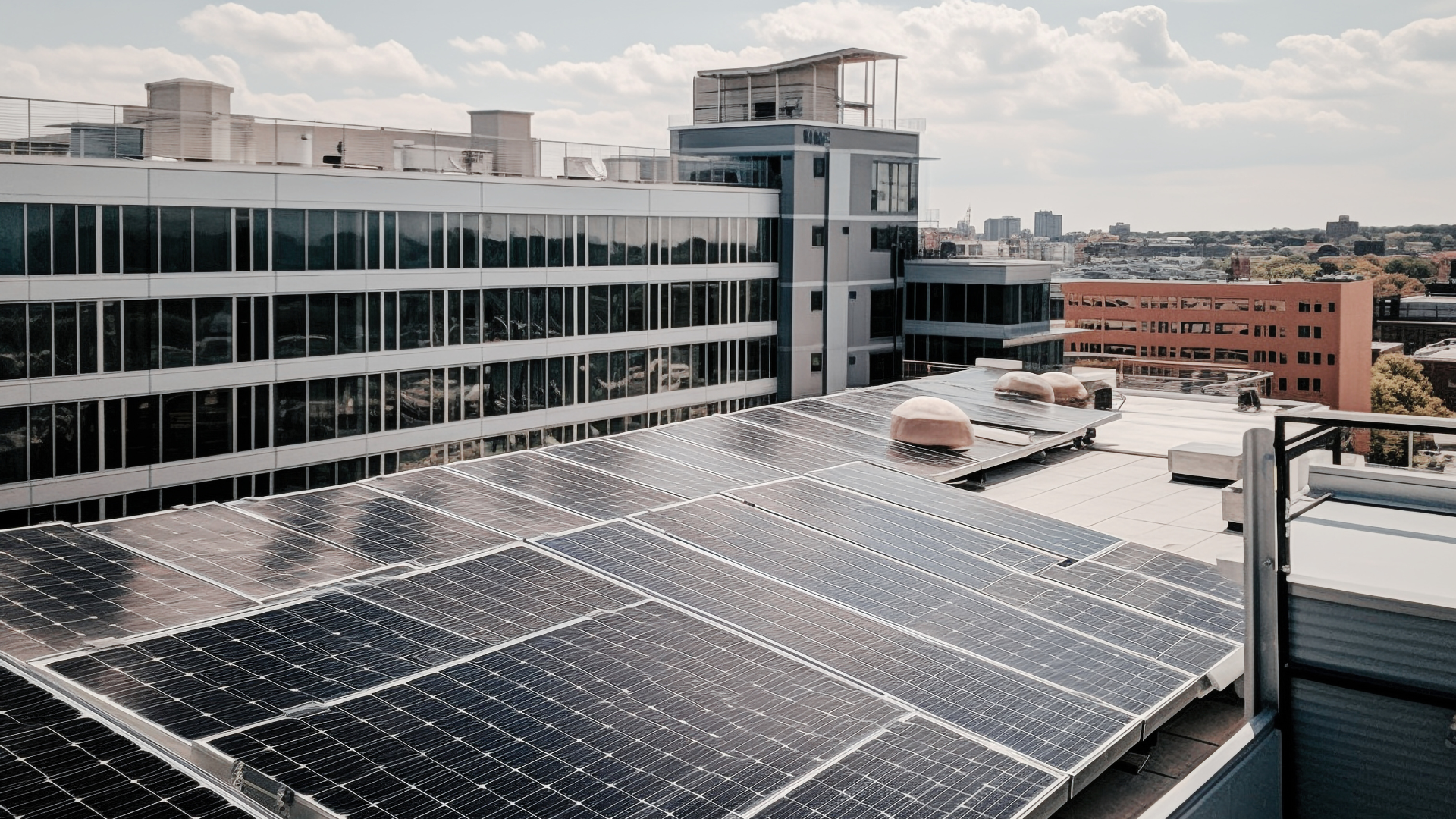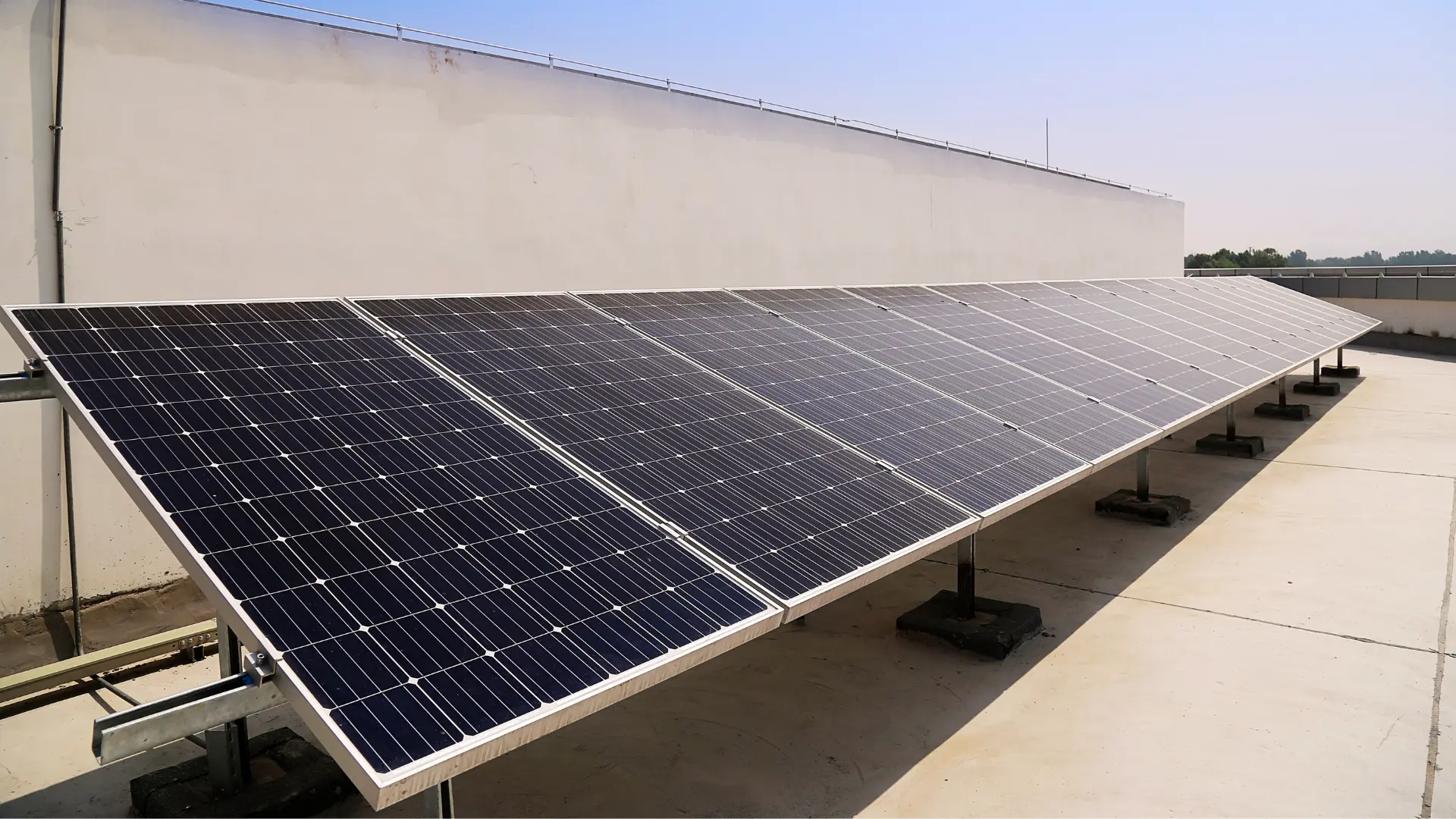Solar panels generate electricity by using sunlight. They work optimally when no shade or shadow is cast upon them. However, a shadow that falls on a single part of the panels can affect the entire system’s output. Hence, you must take care of shadowing while installing the solar system. So, here are some tips on how to avoid solar panel shadow impact to maintain the solar system’s output.
But what are working capital loan pros and cons?
What are the Most Significant Problems Users Face Due to Shadowing?
Here are the two most significant issues faced due to shadowing.
Reduced Power Generation
Per studies, shadowing even one out of the 36 cells in a small photovoltaic (PV) module can decrease the power output by more than 75 per cent! Thus, the most significant impact of shadowing on a solar system is reduced power generation.
Approving Net Meters
Getting the net meter bill approved by the electricity board is another common problem. In instances where there’s shadowing, the electricity board doesn’t approve the net meters, thus creating a major problem for users.
Solar Panel Internal Connection
A solar panel combines multiple cells, defining the PV system’s power. These cells are connected in Series or Parallel. Let’s look at the effect of shadowing on series and parallel connections.
The Effect of Shadowing Series Connection
In a series connection, the shadow impact can result in a power loss of up to 50 per cent.
The Effect of Shadowing Parallel Connection
In a parallel connection, the shadow impact can cause a power loss of up to 90 per cent!
How to Avoid Solar Panel Shadow Impact?
Here are some ways to avoid solar panel shadow impact.
- Proper Positioning of PV Solar Systems
Analyse the site comprehensively for shadowing possibilities before installing the solar panels. For instance, an under-construction building or a growing tree in the future can cast a shadow and affect the system’s performance. Users and installers should stay mindful and aware of these factors before finalising a spot to install solar panels.
- Using the MPPT Solar Inverter
Maximum Power Point Tracking (MPPT) is available in most quality inverters. An MPPT tracker helps the inverter to be able to extract the most usable energy possible from a string of solar panels, even when there’s a shadow on them. It does so by adjusting the voltage to always suit the inverter’s preferred input range. Thus, an MPPT Tracker reduces losses due to partial shading and other panel output mismatches.
- Bypass Diode
Using bypass diodes helps, as even if a particular panel is under a shadow, it does not affect the performance of the entire array. The shaded panel is bypassed and disallowed from impacting the panel’s output. The panel’s power output may get affected to an extent. But it wouldn’t be based on the lowest-performing cell’s output.
- Using a System with Power Optimisers
In cases where the shade isn’t as extensive, using powers optimisers can help. Power optimisers are devices that allow every solar panel to operate independently. However, it must be noted that power optimisers are a little more expensive than a standard system with a central string inverter. So, these should be used only where shading is or could become a problem in the future.
- Setting the Solar Panel Array Carefully
While setting up the solar panel, one must consider all times of the day of all seasons and the shadows cast during every season. Solar system owners must be mindful of the growth of nearby trees in the long run. Clouds or overcast weather are other potential issues. But they are beyond one’s control. Amorphous silicon solar panels could be a more effective solution than crystalline silicon solar panels for coping with shading. However, amorphous panels aren’t so efficient. Hence, crystalline modules generally prove a more prudent option.
Are you looking for a rooftop solar loan? Choose Electronica Finance Ltd. We are one of the preferred providers of rooftop solar loans in India due to our straightforward and prompt process, a very high maximum loan value (as per eligibility), adequate repayment tenure, flexible interest rate, quick disbursal, and collateral-free loans up to Rs. Fifty lakhs (based on eligibility). Contact us at 020-67290700 to talk to our customer service team, or write to us at customerfirst@efl.co.in.




